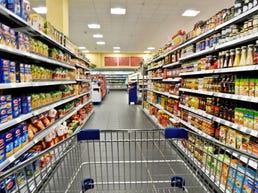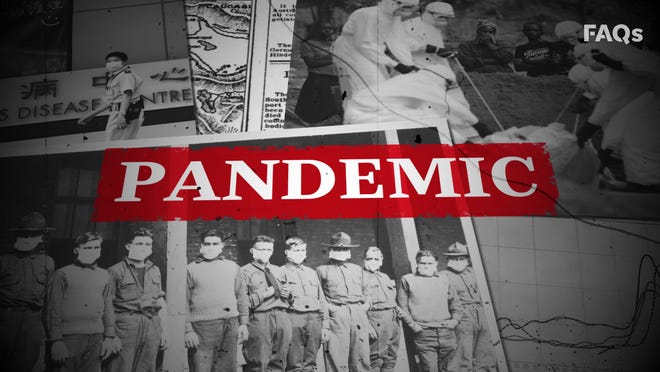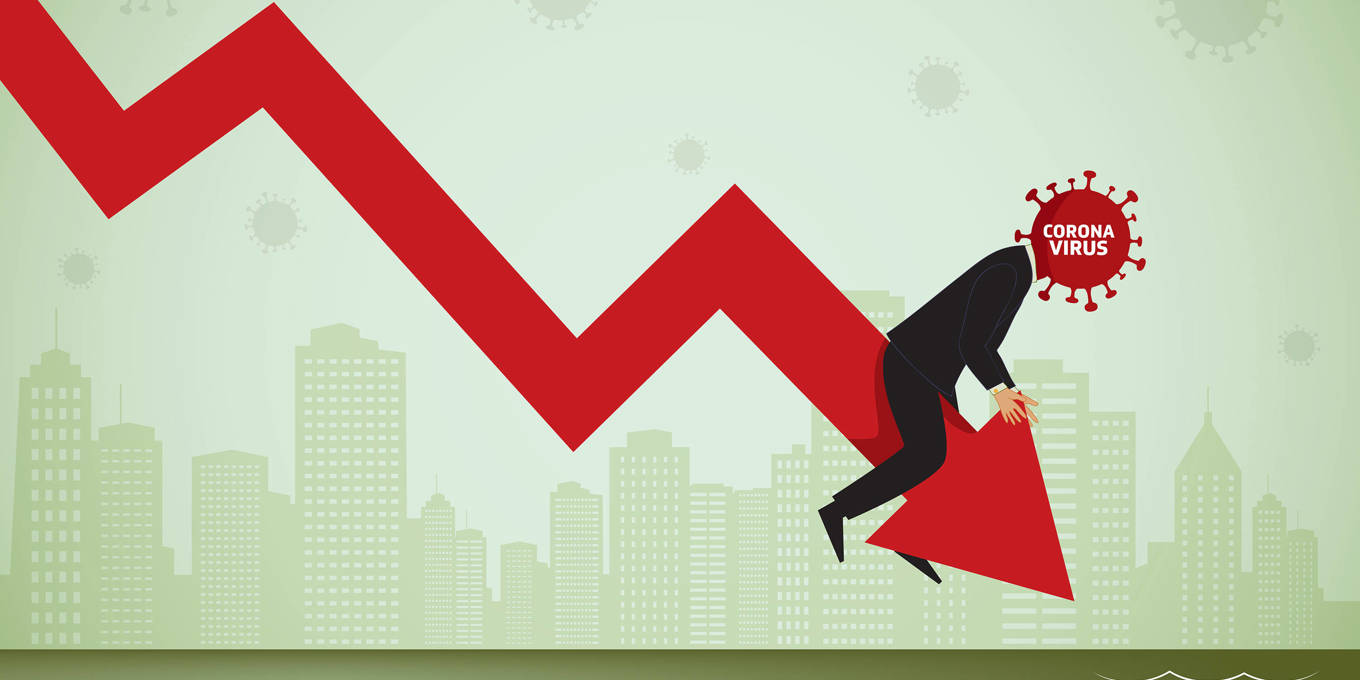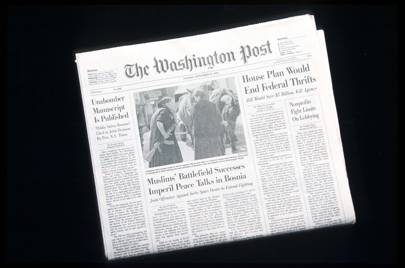Paul DavidsonNathan BomeyJessica Menton USA TODAY
A plunging stock market. The widening shadow of recession. Fed interest rate cuts and government stimulus.
It's beginning to feel a lot like 2008 again. And not in a good way.
For many Americans, the stomach-churning market drops and growing recession talk of the past few weeks – triggered by the global spread of the coronavirus – are reviving memories of the 2008 financial crisis and Great Recession.
Take a breath. While the toll the infection ultimately takes on the nation isn’t clear, the economic upheaval caused by the outbreak will likely not be nearly as damaging or long-lasting as the historic downturn of 2007-09.
“A recession is not inevitable,” says Gus Faucher, chief economist of PNC Financial Services Group. “If we do get a recession, it is likely to be brief and much less severe than the Great Recession.”
For one thing, the 2008 financial crisis and recession resulted from years of deeply rooted weak spots in the economy. That’s not the case now.
“What we’re seeing is caused by something external to the economy,” Faucher says.
“It’s closer to a natural disaster,” says Kathy Bostjancic, director of U.S. Macro Investors Services at Oxford Economics.
Partly as a result, the economy’s major players – consumers, businesses and lenders – are much better positioned to withstand the blows and bounce back.
Here’s a look at how the current crisis compares with the meltdown more than a decade ago.
The cause
The Great Recession. The bruising downturn was set off by an overheated housing market. Banks and other lenders approved mortgages – including many to buyers who weren’t qualified, driving up home prices to stratospheric levels. The banks bundled the mortgages into securities and sold them to other financial institutions.
When home prices began spiraling down, millions of Americans stopped making mortgage payments and lost their homes while the banks that held the securities were pushed to the brink of bankruptcy.
Widespread layoffs in real estate, construction and banking hammered consumer spending and led to deeper job losses throughout the economy. Bank lending was virtually frozen, grinding the gears of the economy to a near halt. The problems had been simmering in the housing market and banking system for years.
Current crisis. The coronavirus, which originated in China late last year, has sparked today’s economic hazard. There are now more than 100,000 cases worldwide, most of them in China, and the death toll has topped 4,000. In the U.S., more than 800 people have been infected and 28 have died.
Because far fewer people are affected than in 2007-2009, the economic toll has been limited so far. The travel and tourism industry has suffered the most, with businesses canceling conferences and trade shows and consumers scrapping vacation plans. Disruptions to deliveries of manufacturing parts and retail goods from China could temporarily shut down American factories and leave store shelves empty.
As Americans avoid more public places, the virus is likely to hurt sales at restaurants, malls and other venues. There are some signs retailers are already taking a hit. In the last week of February, foot traffic to Walmart stores fell 16.5% compared with the previous week, according to consumer data firm Cuebiq. In the same week, however, traffic to Costco stores rose 7.7%.

Household debt
Great Recession. Since banks freely doled out credit for mortgages, auto loans and credit cards, household debt climbed to a record 134% of gross domestic product, according to Oxford Economics and the Federal Reserve. Americans had been saving just 3.6% of their income at the end of 2007. As Americans worked down that debt, spending fell sharply.
Current crisis. Household debt is at a historically low 96% of GDP. Households are saving about 8% of their income. All of that means they can handle a brief slump and continue spending at a reduced level.
“Consumers are in good shape,” Faucher says.
Great Recession. Since banks freely doled out credit for mortgages, auto loans and credit cards, household debt climbed to a record 134% of gross domestic product, according to Oxford Economics and the Federal Reserve. Americans had been saving just 3.6% of their income at the end of 2007. As Americans worked down that debt, spending fell sharply.
Current crisis. Household debt is at a historically low 96% of GDP. Households are saving about 8% of their income. All of that means they can handle a brief slump and continue spending at a reduced level.
“Consumers are in good shape,” Faucher says.
Job losses
Great Recession. Nearly 9 million Americans lost their jobs in the downturn. Unemployment more than doubled to 10%.
Current crisis. Losses are likely to total in the thousands, with travel and tourism and manufacturing enduring much of them, Bostjancic says. The 3.5% unemployment rate, a 50-year low, could rise to 3.8% to 4.1%, says Diane Swonk, chief economist of Grant Thornton.
How long it lasts
Great Recession. With millions out of work and household and business spending decimated, the downturn lasted 18 months.
Current crisis. Assuming the number of cases peak in the next few months and abates by summer, Swonk says any downturn is likely to last six months or so.

The economy
Great Recession. The economy contracted in five of six quarters during the slump, falling as much as 8.4% in late 2008.
Current crisis. Most economists expect the virus to shave growth by one or two percentage points over the next couple of quarters.
The stock market
Great Recession: The stock market plummeted 57% during the crisis.
Current crisis. The stock market hasn’t seen the same sizable drop that the broader market suffered in the depths of the financial crisis. The Standard & Poor's 500 slid 14.9% from its Feb. 19 record through Tuesday, teetering on the brink of a bear market, or a drop of 20% from a peak.
Corporate health
Great Recession. Corporations had $5.8 trillion in rated debt as of March 31, 2009, according to S&P Global Ratings. Less than two-thirds, or about 65%, was investment grade, which ratings agencies determined was highly likely to be repaid.
A wide variety of companies, including financial institutions, automakers and retailers, collapsed as their revenues plunged.
In the automotive sector, for example, manufacturers cut about 278,400 jobs, or about 29% of their collective workforce from January 2008 to January 2010, automakers and suppliers, according to the Bureau of Labor Statistics.
Automotive companies are particularly vulnerable to economic downturns because people can often hold off on buying new vehicles until conditions improve. U.S. auto sales plunged during the Great Recession.
Current crisis. Corporations had $9.3 trillion in rated debt in 2019, according to S&P Global Ratings.
But a higher percentage of corporate debt today is considered to be investment grade at 72%.
That said, conditions for repayment are clearly deteriorating. “The stress has been very, very quickly accelerating,” said Sudeep Kesh, head of credit markets research for S&P Global Ratings, adding that “there’s a flight to quality” as investors pile into U.S. Treasurys and highly-rated corporate bonds.
The major sector most likely to fail to make payments on time, as of 2019, was the automotive industry, where about 4 in 5 companies have debt rated as speculative.
Another sector facing significant risk is the retail industry, where department stores, mall-based retailers and many other shops have already been struggling.
Though the oil-and-gas sector is expected to be hit hard by the sharp decline in oil prices, the industry is heading into this crisis in decent shape. Only 31% of oil-and-gas companies had debt rated as junk in 2019.
Banking regulations
Great Recession. Flaws in oversight and weak regulations at Wall Street's largest investment banks were other contributing factors to the financial crisis. Some experts point to the repeal of the Glass-Steagall Act, which once kept commercial and investment banking separate.
The financial regulation, which had helped mitigate risks posed by big banks, was passed in 1933 in the midst of the Great Depression and was later repealed in 1999. The move effectively allowed banks to become even larger, or "too big to fail."
Regulators including the Federal Reserve failed to crack down on questionable mortgage practices that didn't take into account a borrower's ability to repay a loan. The central bank had a looser set of rules for mortgage lenders and fewer protections for home buyers that some experts argue contributed to abusive lending.
Current crisis. The global financial crisis ushered in sweeping changes to how the U.S. government regulates the banking industry. The new era, which included the Dodd-Frank Act in 2010, required banks to have more cash in reserves to provide a cushion in case the financial system faced economic shocks.
In the U.S., banks with more than $100 billion in assets are required to take the Federal Reserve’s “stress tests,” a move that ensures financial firms have the capital necessary to continue operating during times of economic duress.
The magnitude of the challenges the economy faces aren’t as dire as the obstacles during the Great Recession, experts say.
“It’s a difference in severity,” says Yung-Yu Ma, chief investment strategist at BMO Wealth Management. “Capital requirements have put banks in a much more comfortable position to be able withstand a major shock.”
To be sure, banks’ profitability could be threatened in the near term if they are forced to tighten lending standards. A historic drop in bond yields recently could pressure banks further because it tends to hurt their profitability.
Some financial institutions, typically regional banks, could face some obstacles over the coming months if they are lending money to energy companies. Those stocks have been pummeled recently following a precipitous drop in crude prices. But larger banks likely won’t face major risks since they are typically more diversified and aren’t concentrated in one sector, Ma says.
“This isn’t a financial crisis,” says Jonathan Corpina, senior managing partner at broker-dealer Meridian Equity Partners. “This is a global epidemic. This isn’t a flaw in the system that we’re uncovering like the subprime mortgage debacle.”
The Fed
Great Recession: The Federal Reserve’s key interest rate was at 5.25% in 2007 as worries about the housing meltdown grew. That gave the central bank plenty of room to slash the rate to near zero by late 2008. The Fed also launched unprecedented bond purchases to lower long-term rates, such as for mortgages.
Current crisis: The Fed’s benchmark rate is at a range of just 1% to 1.25%, giving officials little room to cut. And 10-year Treasury rates are already below 1%, raising questions about the effectiveness of a renewed bond-buying campaign.
Great Recession: The Federal Reserve’s key interest rate was at 5.25% in 2007 as worries about the housing meltdown grew. That gave the central bank plenty of room to slash the rate to near zero by late 2008. The Fed also launched unprecedented bond purchases to lower long-term rates, such as for mortgages.
Current crisis: The Fed’s benchmark rate is at a range of just 1% to 1.25%, giving officials little room to cut. And 10-year Treasury rates are already below 1%, raising questions about the effectiveness of a renewed bond-buying campaign.
The stimulus
Great Recession: The downturn inflicted pain throughout the economy, and so Congress passed a sweeping stimulus. The $787 billion American Recovery and Reinvestment Act doled out tax savings and credits to individuals and companies; provided funding for healthcare centers and schools; assisted low-income workers; and approved massive upgrades to transportation, energy and communications networks.
Current crisis: The damage this time is more contained and lawmakers are discussing more targeted measures, such as helping the beleaguered travel industry and offsetting income losses for hourly workers by expanding paid sick leave and unemployment insurance.
Housing
Great Recession: During the housing bubble that began in the 1990s, home prices more than doubled by 2006 before crashing, according to the National Association of Realtors. The housing market remained in the doldrums through 2012.
Current crisis: Although prices have risen steadily in recent years, they’re just 22% above their peak. Homes aren’t overpriced, Faucher says. That means with mortgage rates low, housing can help offset troubles in the rest of the economy.
Great Recession: During the housing bubble that began in the 1990s, home prices more than doubled by 2006 before crashing, according to the National Association of Realtors. The housing market remained in the doldrums through 2012.
Current crisis: Although prices have risen steadily in recent years, they’re just 22% above their peak. Homes aren’t overpriced, Faucher says. That means with mortgage rates low, housing can help offset troubles in the rest of the economy.





